Sorting Through New— and Confusing —Vaccine Recommendations
In the last 30 years or so, vaccines have been estimated to prevent over a million deaths in children in the United States.
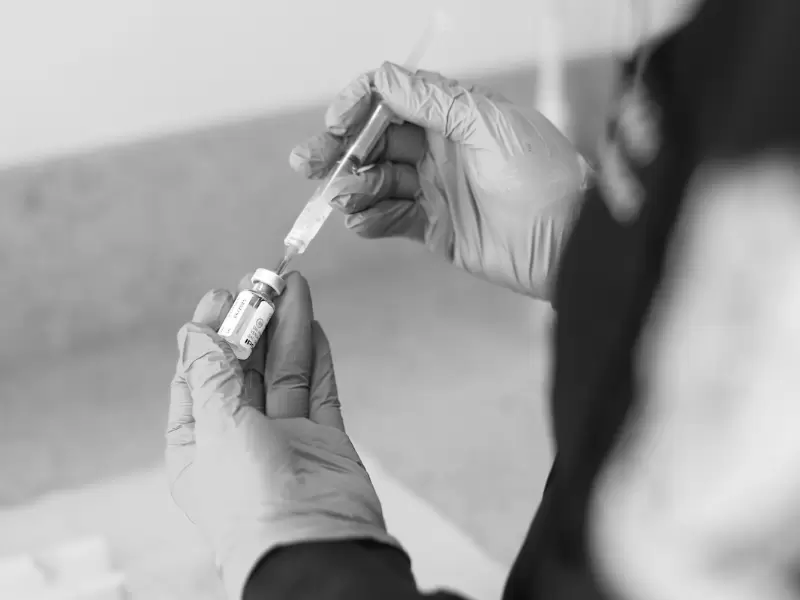 Representative image / Pexels
Representative image / Pexels
At the American Community Media briefing, experts gathered to discuss their concerns about The Advisory Committee on Immunization Practices (ACIP’s) recommendations regarding vaccines. “Vaccines are one of the greatest achievements of modern medicine,” said the experts.
“It's easy to forget the fear of measles outbreaks, the tragedy of congenital rubella or the pain of shingles in later life, because most people don't think these diseases exist anymore. But they do exist. We are just protected by vaccines,” said Dr. Yvonne - Bonnie - Maldonado, Professor of Pediatrics and of Health Research and Policy at Stanford University with a focus on Infectious Diseases.
Measles is one of the most contagious viruses known to medicine. Before vaccines, measles caused about 500 deaths and 48,000 hospitalizations every year in the U.S.
In the last 30 years or so, vaccines have been estimated to prevent over a million deaths in children in the United States, and tens of millions of hospitalizations. “The MMR vaccine embodies one safe and effective shot that has protected millions of children.”
What does the ACIP advise the CDC on MMRV
The Advisory Committee on Immunization Practices, which provides recommendations to the Centers for Disease Control and Prevention, issued new recommendations for several vaccines, most significantly the MMR — measles, mumps, rubella. ACIP voted that for children younger than 4 years, the combined MMRV vaccine should not be used. ACIP voted to remove MMRV from coverage under the VFC (Vaccines for Children) program for children under 4 years. Thus, free or low-cost coverage for MMRV in that age group under VFC would no longer apply. Instead, MMR and varicella (V) vaccines, given separately, will continue to be covered by VFC.
The reason behind this shift is evidence of a modest increase in fever-related (febrile) seizures when the first dose is given as MMRV in toddlers (especially ages 12–23 months) vs separate vaccines.
ACIP viewed the extra risk as enough to favor separation of the two vaccines during early childhood.
Fear of MMR and V vaccines can have disastrous consequences
Measles can cause serious complications. About 1 in 10 children with measles will develop an ear infection, 1 in 20 will get pneumonia, and 1 in 1,000 will suffer brain swelling (encephalitis), which can lead to permanent disability. Deaths occur in about 1 in 3,000 cases, especially in infants and very young children.
Mumps can result in severe outcomes such as meningitis, deafness, and even infertility. Outbreaks spread quickly in schools and college campuses, Rubella is a mild illness for most children and adults but devastating during pregnancy. Rubella is a really invasive virus that can cause miscarriage, stillbirth, and congenital rubella syndrome which leads to heart defects, blindness, and deafness. Before the availability of the rubella vaccine, there were large outbreaks of rubella among pregnant women, leading to tens of thousands of cases of congenital rubella syndrome.
The last outbreak, which occurred in the 1960s, resulted in tens of thousands of miscarriages and over 20,000 children born with congenital rubella syndrome in the United States.
Varicella, or chicken pox can cause pneumonia, bacterial infections, and in rare cases, death. Survivors can develop shingles later in life, a painful and sometimes disabling condition.
Each of these diseases alone is dangerous. Together, they represent a major threat to child health, and that's why vaccines are so valuable.
Clinical trials and decades of real-world data show greater than 90% protection after 2 doses for each of these four diseases.
Protection is long-lasting and often lifelong.
Taking MMR and V vaccines separately reduces the risk of febrile seizures by 0.04 percent
The MMR vaccine is extremely safe like all vaccines, it can cause mild reactions, soreness at the injection site, a mild rash or a temporary fever.
“The main safety issue we watch closely is febrile seizures. After the first dose, children who receive MMRV have a slightly higher risk of febrile seizures compared to children who get the MMR and varicella vaccines separately, meaning one in each arm. I have treated many children with febrile seizures over my career. After nearly 20 years of monitoring, we have seen no serious long-term risks associated with MMRV.”
Today, about 15% of U.S. families choose MMRV for the first dose. While over 95% use it for the second dose, that pattern reflects a thoughtful balance. Some providers and parents prefer separate shots to minimize even the tiny added seizure risk. While others prefer fewer injections. Either way, both options provide strong, lasting protection.
Anti-vaxxers may cause the return of diseases
The spread of misinformation about the measles vaccine has been a key factor leading more parents to forego vaccination for their children. This year's measles outbreak in the southwestern United States and declining vaccination rates has led to the highest number of measles cases in the United States since 1992.
Right now, we have officially eliminated measles in the U.S. since the year 2000. It took a lot of work to get there, and we know that measles would return to being a normal circulating virus in the United States within 5 years and polio within 10 years, within our children's lifetime, in our lifetime if we take our eye off the vaccine ball.
People don't remember these diseases, or they never saw them. There's a lot of physicians, even, who never saw these diseases. The diseases are still out there. We are just immune right now,” said Dr. Maldonado.
“Benjamin Franklin was an anti-vaxxer, and he regretted it, because smallpox killed his son, and he wrote that he regretted not believing. It's easy to be afraid. We know that. That is why we need to bring light to these subjects, but these vaccines have been shown to be safe and effective.”
Rollercoaster time for COVID vaccines
“Are you going to get the Covid vaccine covered?” asked Dr. Peter Chin-Hong, infectious diseases specialist and Professor of Medicine, University of California, San Francisco.
The ACIP's September 2025 recommendation states that COVID-19 vaccination decisions should be based on individual risk assessment and discussion with a healthcare provider, with a shift away from broad, mandated immunization to a personalized approach for everyone.
“Recommendations are changing and are variable by state, depending on enforcement,” said Dr Hong. We went from a place of recommending vaccines to a place where saying COVID vaccines to a more neutral, or even hesitant, position where public health officials can't explicitly endorse COVID-19 vaccines in some jurisdictions without facing legal or political challenges.
“We have to move from a place of seeing that COVID vaccines are not prohibited to one where we actually do recommend it very, very strongly for some people,” said Dr Hong.
People who are 65 and older, regardless of health conditions, still drive hospitalizations and deaths. There were about 50,000 deaths from COVID in 2024 and that was supposed to be a COVID recovery year, so it's even higher than an average full year.
The second group he worries about are pregnant people. Their antibodies are less reactive making them relatively immune compromised, Perfectly healthy 25- or 30-year-old with no health problems all of a sudden may become more at risk than your average person. Besides they are carrying a fetus who relies on the antibodies from the mom, to go across the placenta to protect the unborn baby. We can't vaccinate under 6 months.
The very young are also at risk. The hospitalization rate for babies under 2 with COVID is very similar to those who are older with COVID.
The emergency department room visit rates for kids under 2 with COVID are higher than that of 65 and older.
People of any age with any comorbidity, particularly those who are very immune compromised need to get that booster.
From going to the local Walgreens or CVS to get the vaccine they are now having to talk to a healthcare provider. About 30 or 40% of Americans don't have easy access to a healthcare provider. 75% of Americans got their vaccine from a local drugstore, rather than going to a healthcare provider's office in the last year or two.
If the insurance is not going to cover it these people may not really try to get one fears Dr Hong.
“For many, many years, we were the leaders of science-based prevention in and now we're definitely an outlier,” he regrets.
The current vaccine for COVID is very similar to last year's vaccine, so if you already got last year's vaccine, you're generally going to be fine, and you don't need to get another one.
Dr. Maurizio Bonacini, CEO, Mission Gastroenterology and Hepatology and associate clinical professor, University of California, San Francisco spoke on Hepatitis B.
5 minutes about my perspective on hepatitis B and its prevention by vaccination
The hepatitis B virus is a small DNA virus that infects only the liver. Chronic infection of Hepatitis B can lead to fibrosis, cirrhosis, and end-stage liver disease requiring transplantation. The virus is also an oncogenic virus in that it can create liver cancer or hepatocellular carcinoma (HCC). HCC can develop even in the absence of cirrhosis in chronic HBV carriers.
A positive HBsAg test indicates active infection with the virus Persistent HBsAg for more than 6 months is declared to be a case of chronic infection. Additional testing (HBeAg, anti-HBe, HBV DNA levels) determines infectivity and disease activity.
Birth dose for Hepatitis B
Acute hepatitis can be resolved in adults, however chronic hepatitis B is much more common when infection occurs in infancy/childhood (up to 90% chronicity in neonates).
In California, Hepatitis B vaccination is required for school entry, including high school.
California School Immunization Law requires children entering kindergarten through 12th grade in both public and private schools to show proof of certain immunizations.
For Hepatitis B: 3 doses of the vaccine are required for entry into all grades, K–12. No personal belief exemptions are allowed in California (since 2016, after SB277).
7th–12th graders who entered California schools before July 1, 1999 have not been covered.
“I was just reviewing a recent paper from China showing that after introducing the universal birth dose and routine infant series in the 1990s, the HBsAg prevalence in children fell from ten percent to less than one percent,” said Dr. Bonacini, CEO, Mission Gastroenterology and Hepatology and associate clinical professor, University of California, San Francisco.
Giving the first Hepatitis B vaccine dose within 24 hours of birth is critical to blocking mother-to-child transmission.
“Worldwide by far, the most common mode of transmission is mother-to-child transmission. A baby that doesn't have any protection at birth if it gets hepatitis B, essentially will keep the hepatitis B for life.
Donald Trump recently claimed that children should wait until age 12 to receive the Hepatitis B vaccine, suggesting that the infection is sexually transmitted. Health and medical experts have widely refuted this statement.
South Asians should get tested for Hepatitis B
Dr. Yvonne - Bonnie - Maldonado, Professor of Pediatrics and of Health Research and Policy at Stanford University, with a focus on Infectious Diseases is on a crusade in the Bay Area to engage communities like the Afghan community in this Bay and Sacramento, and the Indian community to raise awareness about being tested.
Hepatitis B (HBV) is significantly more prevalent in Indian Americans than in White Americans, she said.
The higher prevalence among Indian Americans is perhaps due to immigration from India, a country with intermediate endemicity, where infections are often acquired perinatally or in early childhood.
Centers for Disease Control and Prevention (CDC) recommends universal hepatitis B (HBV) screening for all adults 18 years and older using a triple panel test, which includes testing for Hepatitis B surface antigen (HBsAg), antibody to Hepatitis B surface antigen (anti-HBs), and total antibody to Hepatitis B core antigen (total anti-HBc). This one-time screening helps to identify individuals who may not know they are infected, determine immunity status, and prevent transmission and potential reactivation of the virus.
“Not many people know, the estimation of hepatitis B surface antigen is nearly 10 percent.”
WHO has a goal of viral hepatitis elimination by 2030. A goal hard to meet. As of June 2025, Dr. Yvonne (Bonnie) Maldonado was a former voting member of the CDC's Advisory Committee on Immunization Practices (ACIP). Her tenure on the committee ended when she was among 17 members removed by Secretary of Health and Human Services Robert F. Kennedy Jr.
Last words from the experts
“A thing that came just before the ACIP decision, was the Department of Health and Human Services pulling about $500 million that had been awarded for mRNA vaccine research. The problem there is that some of that was going toward diseases that can probably only be stopped by RNA vaccines for instance HIV.
“People are very worried about things that they have not seen or not experienced. They don't remember, or they never experienced the fact that forty percent of children under the age of 5 did not live to the age of 5 in the United States. And that was true for the rest of the world.”
“We are seeing better, more improvements in life expectancy, child mortality is dropping, We need to focus on ways to keep that going, and yes, address chronic conditions, but not get rid of things that work,” Dr. Maldonado.
Dr. Benjamin Neuman, Professor of Biology, Texas A&M University said, “A lot of the anti-vaccine sentiment right now is coming from parents, who are worried whether they are doing the right thing for our kids? I want to tell you it's okay. You can relax. Vaccines still work. They always worked. They will work, and they remain the best thing that you can do in a dangerous world to make sure that bad things don't happen to loved ones around you.”
“Don't worry about barriers. In California and many other states, pharmacists are not enforcing any of this,” Dr. Chin Hong, said. “I made an appointment for tomorrow to get my COVID shot, and I had no problems doing it.”
ADVERTISEMENT
ADVERTISEMENT
E Paper
Video



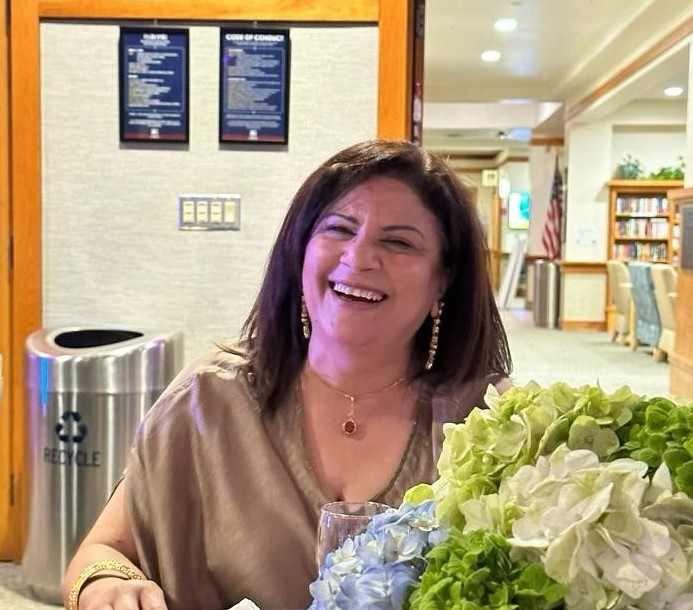 Ritu Marwah
Ritu Marwah 
.jpg)
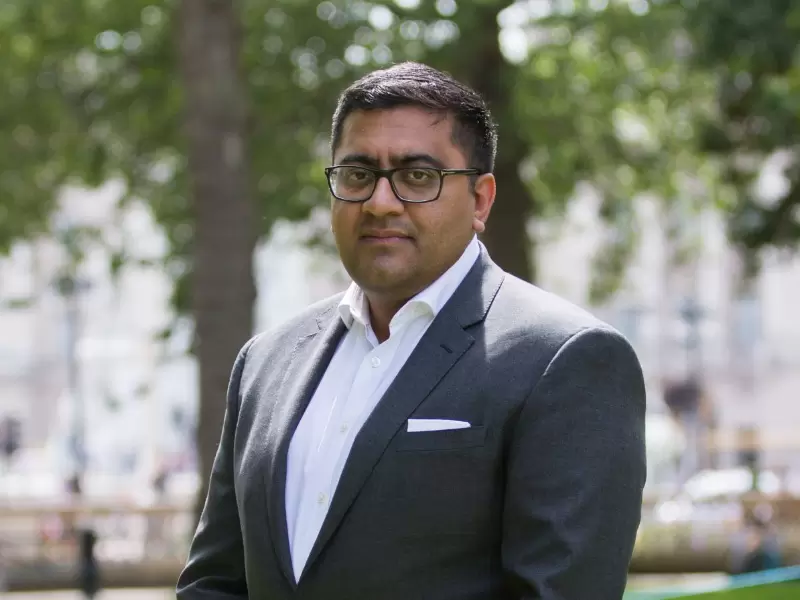
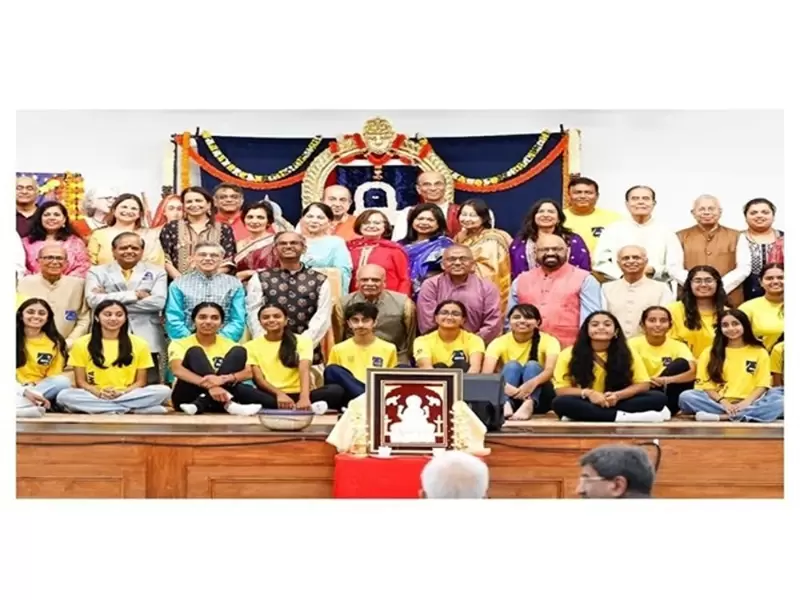
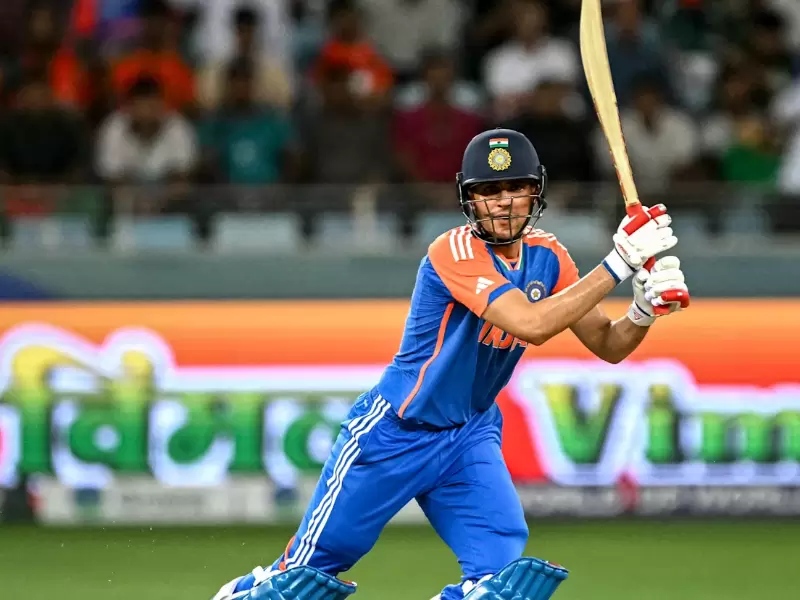
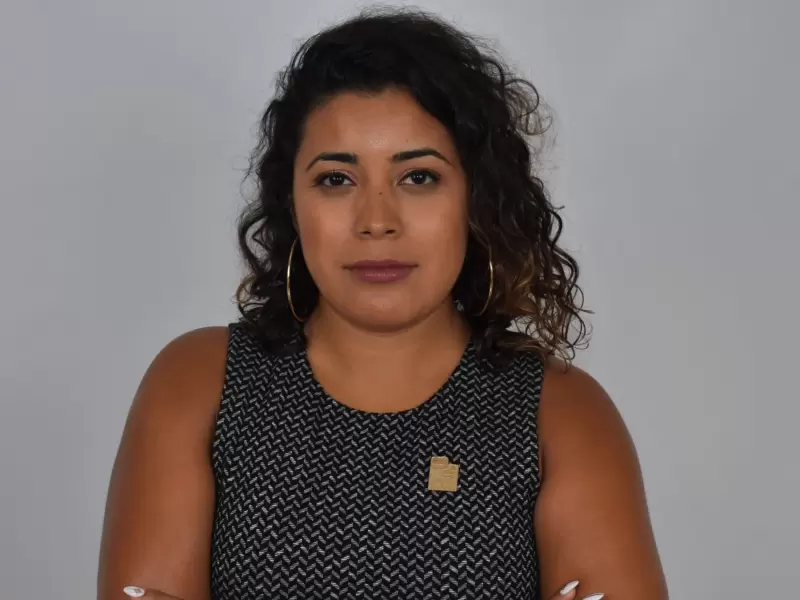
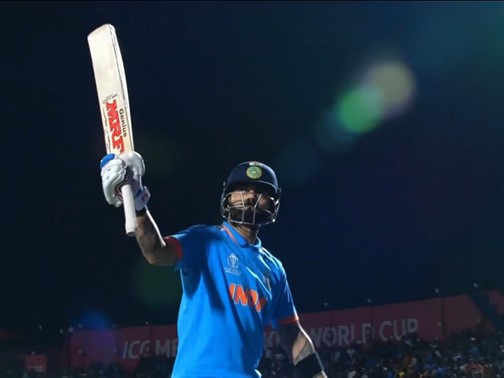


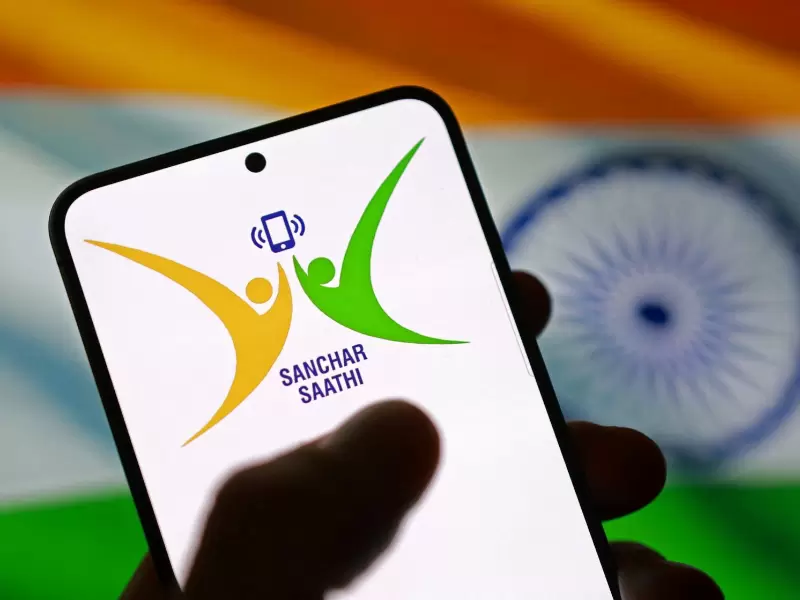
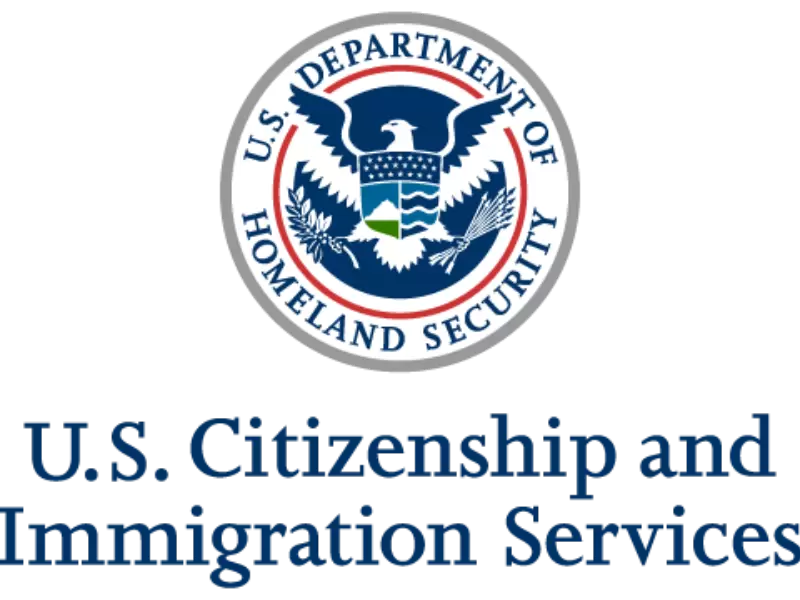


Comments
Start the conversation
Become a member of New India Abroad to start commenting.
Sign Up Now
Already have an account? Login